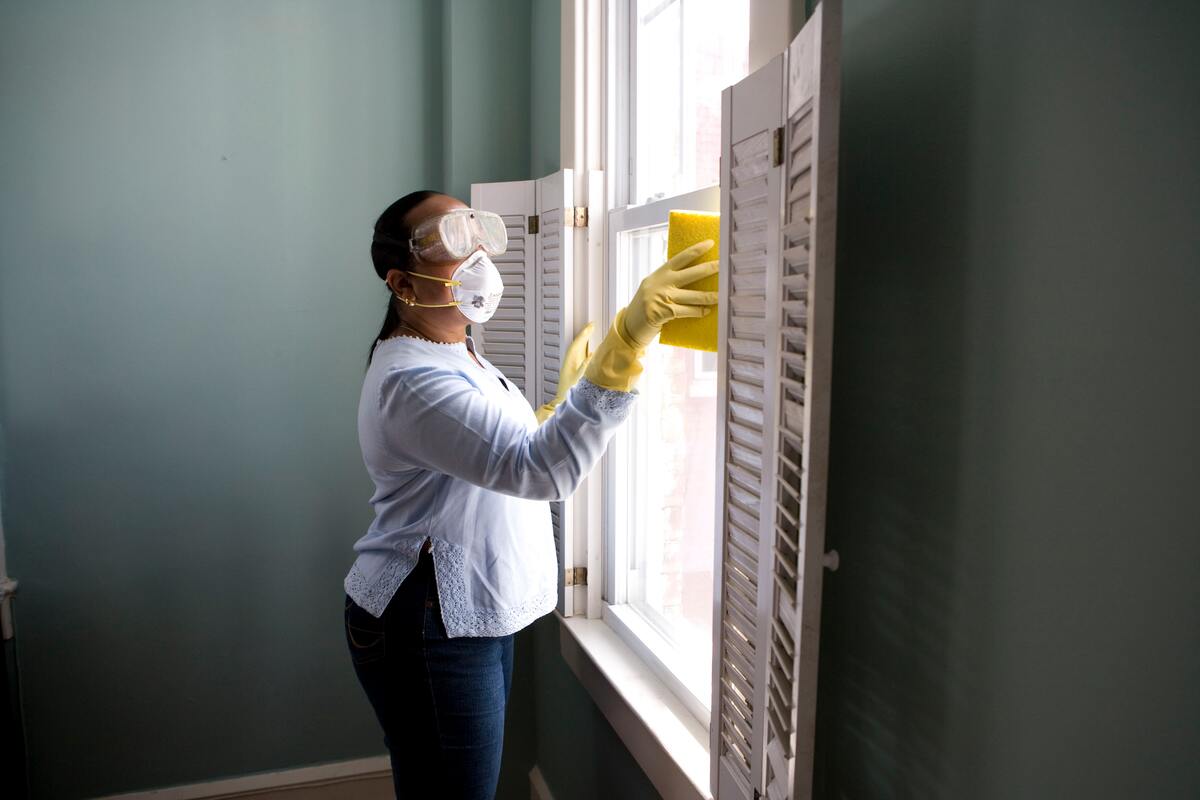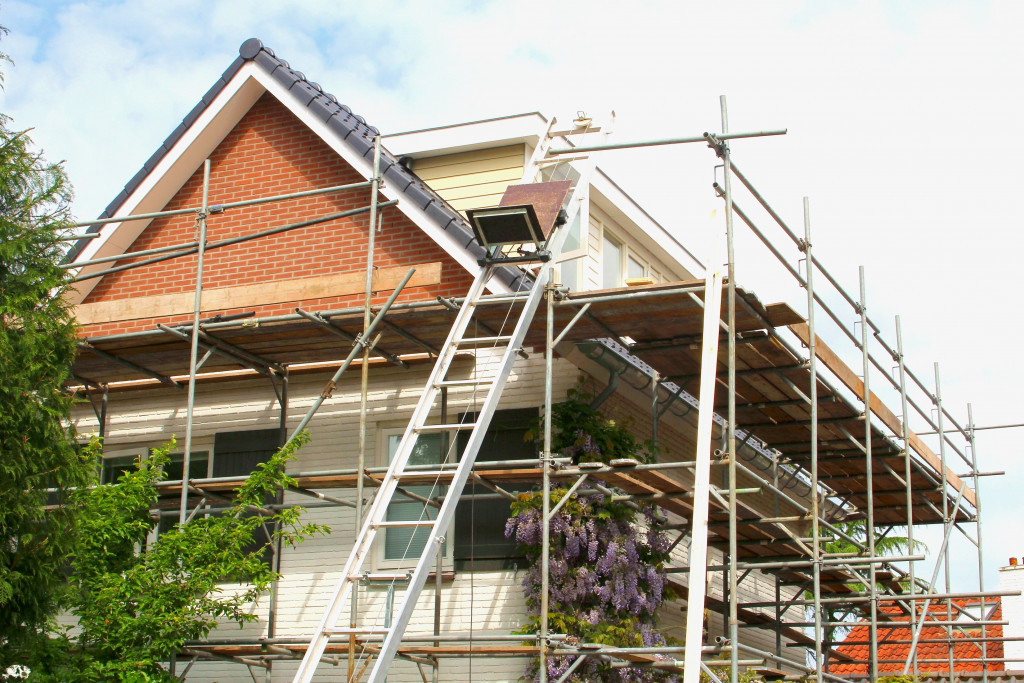- Regular inspection, cleaning, and leak-checking are vital for maintaining the longevity and efficiency of your metal roof.
- Proper ventilation is key in regulating temperature and moisture levels, which prevents damage due to condensation and heat buildup.
- Touching the paint and trimming overhanging branches help preserve the roof’s protective coating and prevent physical damage.
- Instead of waiting for visible damage, proactive maintenance is crucial for ensuring the metal roof’s longevity, performance, and overall appeal.
As a homeowner, maintaining your metal roof is essential for the longevity and efficiency of your home. A well-maintained metal roof protects your home against the elements and enhances its aesthetic appeal. Here’s a quick guide to some of the best metal roof maintenance tips.
Regular Inspection
Regularly inspecting your metal roof is fundamental to ensuring its optimal performance and longevity. Here are some things to consider:
Keep It Clean

Keeping your metal roof clean is crucial in maintaining its integrity over time. Overlooked debris such as dead leaves, branches, or dust can accumulate and trap moisture on the roof’s surface, leading to corrosion or rust. The harsh weather conditions can also cause a build-up of algae, mold, or mildew that can damage the protective coating of the metal roof.
Therefore, cleaning your roof regularly, preferably once every season is advisable. Use a soft brush or a low-pressure hose to gently remove debris or dirt without damaging the roof. Consider a professional roof cleaning service if your roof is particularly dirty or shows signs of algae or mold. Remember, a clean roof not only looks good but also lasts longer.
Check for Leaks
Regularly checking for leaks is another crucial aspect of maintaining your metal roof’s health. Water leaks can lead to significant damage if not addressed promptly. Look for signs of water staining on the ceiling or walls inside your home. On the exterior, check for rust spots, gaps in the roof panels, or loose and missing fasteners that may create avenues for water infiltration. It’s also essential to inspect sealants around vents, chimneys, and skylights, as these areas are prone to leaks.
Roof leaks can be rather deceptive as the spot where you see water and stains may be some distance from the actual leak in the roof. If you see any signs of potential leaks, it’s best to contact a professional roofer to assess and repair the issue. By conducting regular leak checks, you can prevent minor issues from escalating into costly repairs or replacements.
Ensure Proper Ventilation
Ensuring proper ventilation is a critical aspect of metal roof maintenance. A well-ventilated roof helps regulate temperature and moisture levels in the attic, preventing damage due to condensation and heat buildup. During warmer months, a properly ventilated roof allows hot air to escape from the attic, reducing the cooling load on your home and helping to lower energy costs.
In colder weather, it prevents warm, moist air from condensing on the colder underside of the roof, which could lead to rot, mold, or ice damming. To ensure your roof is properly ventilated, check for signs of inadequate ventilation such as rusting under the roof, damp insulation, or frost on the underside of the roof in the winter. It’s also recommended to have your roof’s ventilation system inspected by a professional roofer to ensure it meets current building codes and functions correctly.
Touch-Up Paint
Touching up the paint on your metal roof keeps it looking fresh and attractive and protects against various elements. Over time, wear and tear and exposure to harsh weather conditions can cause the paint to chip or fade, exposing the metal surface to potential corrosion or rust. When you notice areas where the paint is peeling or fading, it’s advisable to touch up these spots promptly.
Use a wire brush to remove loose paint and rust, if any gently, then apply a primer designed for metal roofs. Once the primer is dry, apply a top coat of high-quality, rust-resistant paint using a brush or roller for a smooth finish. Choosing a paint that matches your roof’s original color is recommended for a seamless appearance. Regular touch-ups can extend the life of your roof, saving you from costly repairs or replacements in the future.
Trim Overhanging Branches
Trimming overhanging branches from nearby trees is another important step in maintaining your metal roof. Overgrown branches can scrape against the roof surface, leading to damage or stripping of the protective coating. They also drop leaves and twigs, which can accumulate and retain moisture, promoting rust and corrosion.
Additionally, these branches could break and fall onto the roof in high winds or storms, causing significant damage. Regularly trimming these branches prevents physical damage and allows more sunlight to reach your roof, helping to keep it dry and free from moss or algae growth.
Furthermore, it discourages rodents and other pests from accessing your roof. Always remember, a clear roof is a healthy roof. If the task is too daunting or the trees are too high, consider hiring a professional tree service to do the job safely.
Regular Maintenance by Professionals

While every homeowner can take steps to maintain their metal roof, certain tasks require the expertise of professionals. Regular maintenance by reputable metal roof repair contractors is vital to the roof’s longevity and performance. These professionals have the experience, knowledge, and tools to identify and address potential issues that might be difficult for the untrained eye to spot.
They can perform comprehensive inspections and repairs, ensuring the roof is in optimal condition. Furthermore, they can give homeowners valuable advice on maintaining their metal roofs. Hiring reputable metal roof repair contractors ensures that your roof receives the best possible care, saves you time and resources, and provides peace of mind knowing that your roof maintenance is in expert hands.
In conclusion, prioritizing regular maintenance of your metal roof is crucial for its longevity, performance, and your home’s overall appeal. Don’t wait for visible signs of damage; take action now! Implement these tips and schedule a professional inspection today to keep your roof in top-notch condition.

